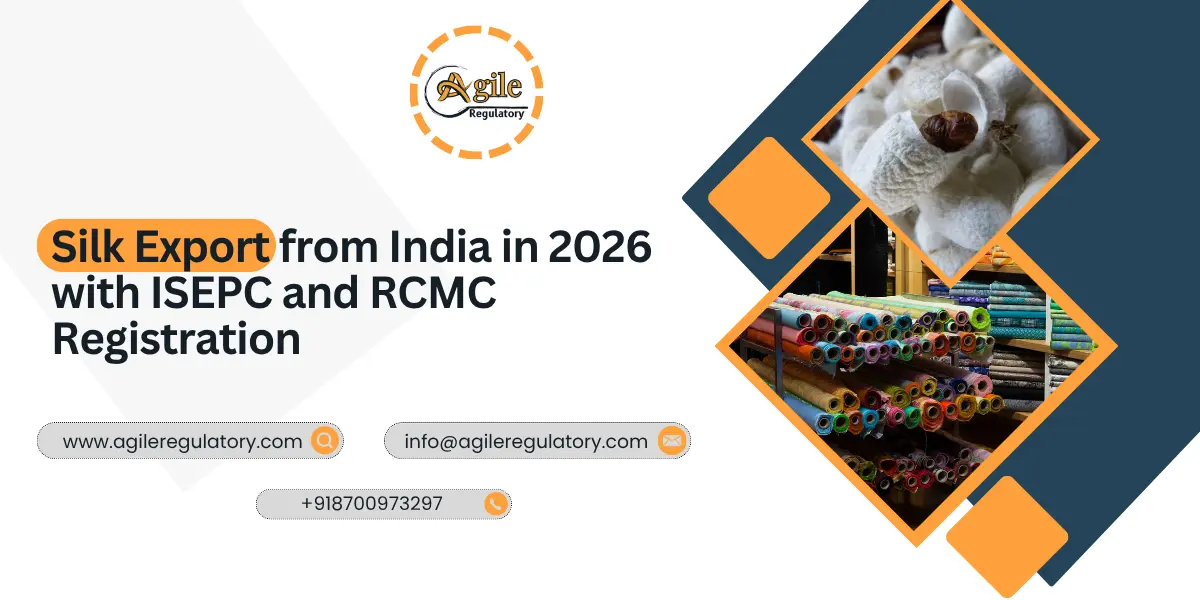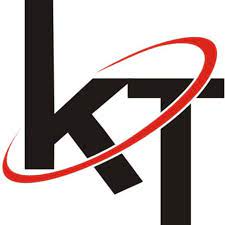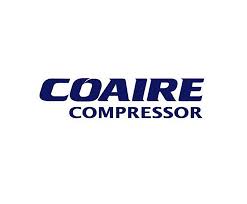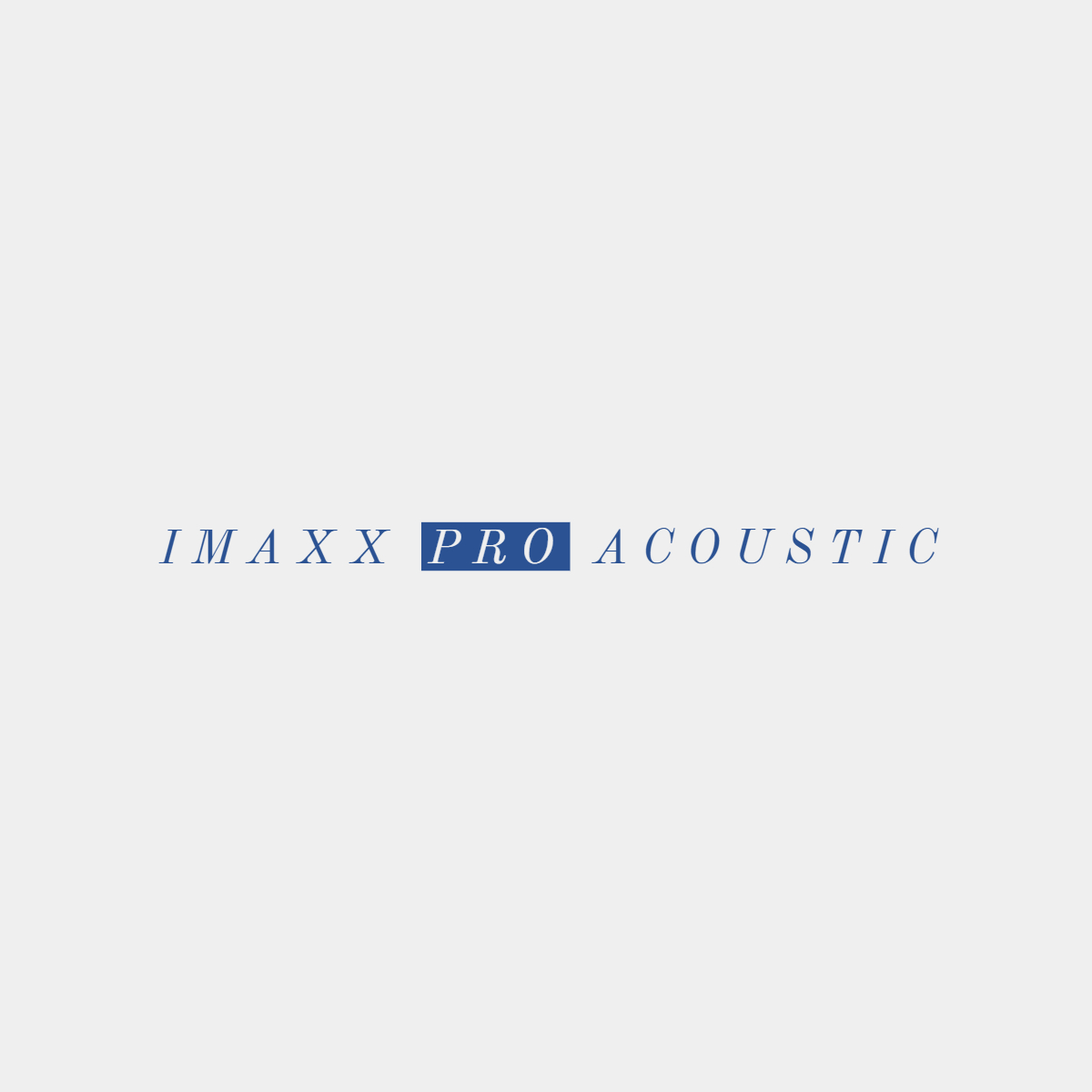
Get Instant Solution By an Expert Advisor
(4.8)


Businesses that produce and import ductile iron fittings for water supply pipelines need to follow IS 9523 because it defines the industry standards in India. India’s Bureau of Indian Standards demands BIS certificates for any company that sells or distributes these products.
The certification verifies that your fittings match the essential safety requirements and work at the expected level of strength. Without BIS, you become non-eligible for government contracts and you break rules that stop your business operations
Today we’ll show you all the necessary steps to receive your BIS certification with minimal issues.
IS 9523:2000 refers to the Indian Standard specification for ductile iron fittings for pressure pipes for water, gas, and sewage. These fittings are primarily used in underground pipeline systems and are manufactured to withstand mechanical stress and environmental exposure.
The BIS certification for this product falls under the ISI mark scheme, which requires thorough product and factory evaluation.
The BIS process for IS 9523 iron fittings is not the same as for general consumer products. Here’s what makes it different:
This makes planning ahead essential — you can't fast-track this process in a week.
Here’s how you go from scratch to getting your BIS certificate under IS 9523.
Start by confirming that your ductile iron fittings match the technical specifications of IS 9523. This includes checking:
BIS expects manufacturers to test their products before and during production. That means setting up a small lab with equipment for:
| Required Test | Equipment Needed |
|---|---|
| Hydrostatic pressure test | Pressure testing machine |
| Dimensional check | Vernier calipers, gauges |
| Tensile and elongation test | UTM (Universal Testing Machine) |
| Chemical composition analysis | Spectrometer or wet chemistry tools |
| Coating thickness test | Coating gauge |
Ensure these are calibrated and documented — BIS inspectors will check them during audit.
Navigate to the BIS Manak online Portal and create a user account. Once registered, select the Standard Mark Scheme (ISI Mark) application form.
Upload the following:
Next, you’ll need to send product samples to a BIS-approved third-party lab for testing. They will verify parameters like:
This testing usually takes 2–3 weeks, depending on lab capacity and your product complexity.
After lab testing, BIS schedules a physical inspection of your factory. The auditor will:
Expect the visit to take 1–2 full working days.
If all stages are cleared — and your documentation is complete — BIS issues the ISI license. This allows you to use the standard ISI mark with your unique CM/L number on all products.
The license is valid for 1 year, renewable based on continued compliance and regular surveillance.
The cost of BIS certification depends on several factors. Here's a breakdown of the average expenses:
| Cost Element | Estimated Range (₹) |
|---|---|
| BIS Application Fee | ₹1,000 – ₹2,000 |
| Lab Testing Charges | ₹20,000 – ₹50,000 |
| BIS Audit Fee | ₹7,000 – ₹15,000 |
| Consultant/Agent (if hired) | ₹15,000 – ₹40,000 |
| Annual License Fee | ₹1,000 – ₹10,000 (based on output) |
Foreign manufacturers applying via the FMCS scheme will incur additional costs like travel, translation, and overseas testing.
| Issue | Why It Happens |
|---|---|
| Product fails lab testing | Non-compliant raw material or design |
| Factory lacks proper documentation | Missing quality manuals, SOPs |
| Audit reveals gaps in testing | Equipment not calibrated or untrained staff |
| Delayed responses to BIS queries | Slow documentation or communication lapses |
Being proactive about documentation and training goes a long way.
In the high-stakes world of water and sewage infrastructure, quality can’t be a gamble. Whether you're a domestic manufacturer or an overseas exporter, having the BIS certificate for iron fittings (IS 9523) gives your product legal clearance and market credibility.
Yes, the process is detailed. And yes, it takes time. But once completed, it becomes a long-term asset — opening doors to government tenders, urban projects, and assured compliance. Treat it not as an obstacle, but as an essential investment in the future of your business.
Ductile iron fittings are produced and inspected to conform to different international and domestic standards for quality and compatibility. Major standards are ISO 2531/EN 545 for water supply applications and AWWA C110/C153 in North America, including dimensions, materials, and testing.
Ductile iron is available in several grades, which are characterized by their mechanical properties such as tensile strength, yield strength, and elongation. Typical grading systems are ASTM A536 (e.g., 60-40-18, 80-55-06) and ISO 1083 (e.g., 400-18, 500-7), where the figures represent these properties.

 Nishi Chawla
Nishi Chawla
30 Oct, 2025

 Nishi Chawla
Nishi Chawla
29 Oct, 2025

 Nishi Chawla
Nishi Chawla
29 Oct, 2025

 Nishi Chawla
Nishi Chawla
28 Oct, 2025
.webp)
 Nishi Chawla
Nishi Chawla
24 Oct, 2025

Get Instant Solution By an Expert Advisor
(4.8)
We simplify compliance through a proven 4-step process: Consultation, Documentation, Submission, and certification. From understanding requirements to getting final approvals, we deliver a smooth, timely, and fully compliant journey for your business.
What our customer says about us
Fantastic support from the team. Their expertise transformed our approach, driving remarkable outcomes. A must-have partner for businesses seeking effective consulting solutions. Highly recommended.

KTPL Instruments
Agile Regualtory delivers exceptional solutions. Their insightful guidance streamlined our processes and boosted profitability. Highly recommended for businesses seeking expert consulting services to thrive.

Justrack IOT
Impressed by Agile Regulatory's expertise. Their strategic insights and practical solutions have elevated our business operations. A reliable partner for effective consulting services. Highly recommended for growth-focused businesses.

Coaire Compressor
Extraordinary consulting services. Their insightful solutions and dedicated team reshaped our business, driving remarkable improvements. Highly recommend it for transformative results.

Easy Polymer
Incredible experience with Agile Regulatory. Their innovative strategies and expert advice revitalized our business model, resulting in impressive growth. Highly recommend their exceptional consulting services.

Tarus International
Top-tier consulting! offered strategic solutions that revolutionized our approach. Their deep expertise and personalized guidance made a significant impact on our success. Highly recommend their services.

Anchor Weighing
Agile Regulatory exceeded expectations! Their tailored solutions, expertise, and proactive approach led to remarkable results. Highly recommend for businesses seeking impactful and strategic guidance.

AM Capacitor
Outstanding service! delivered targeted solutions with professionalism and expertise. Their insights elevated our business strategies, resulting in noticeable growth. Highly recommended for exceptional consultation.

Imaxx Pro Aquistic
Leave a Reply
Your email address will not be published. Required fields are marked *